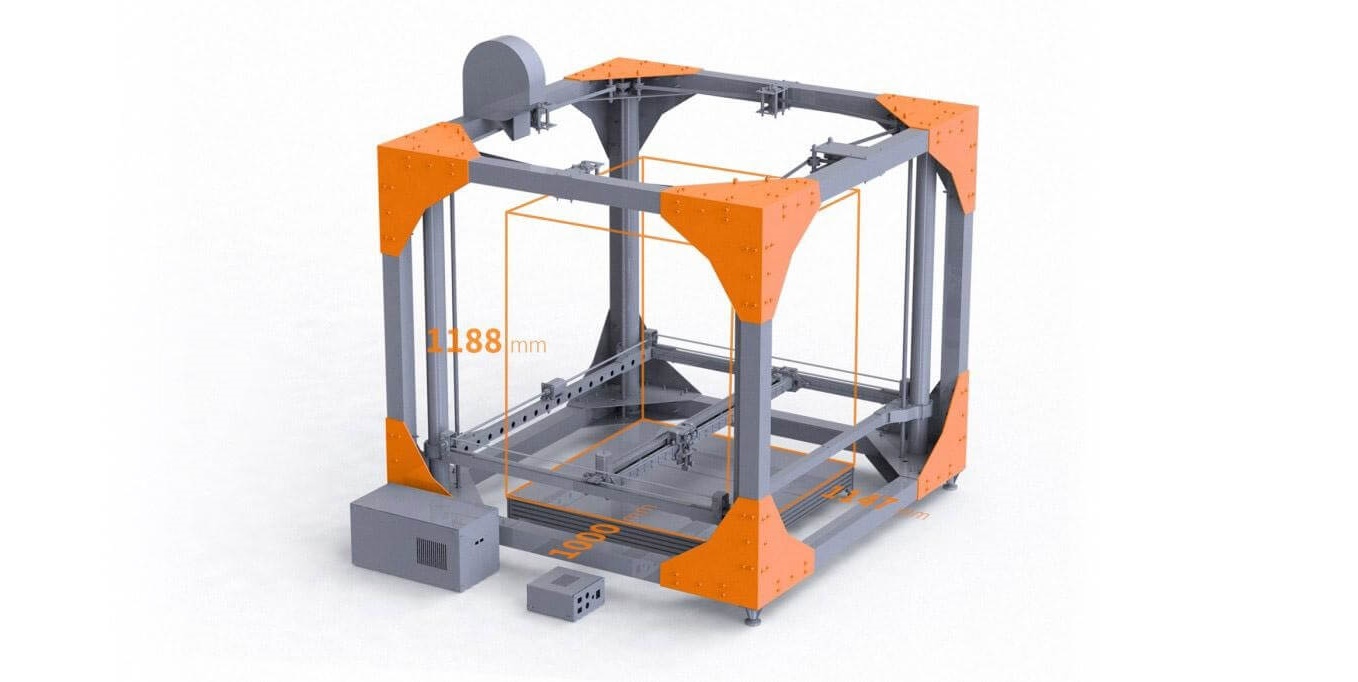3D printers easily fall into the category of the most valuable innovations in recent times. These printers have the capability of creating solid models from computer designs. Solid objects can be in various shapes and dimensions, and some 3D printers can print large objects. Despite the relative ease of use guaranteed by producers of these 3D printers, many people still find it challenging to grasp the details involved in its operation.
It’s essential to note that some 3D printers are more user-friendly than others, which could prove pivotal in your overall choice. Printing out your 3D objects from the comfort of your home is quite an enjoyable project, as you’ll eventually realize. This DIY 3D Printer guide walks you through the most user-friendly tips and printers that’ll help you carry out 3D printing on your own.
DIY Tips to follow while printing
Maintenance and adjustments: 3D printing isn’t just about acquiring a 3D printer and printing all day. There are certain adjustments that you have to put in place after each time you print. Like every other gadget, 3D printers have maintenance procedures that should be followed for optimal printing. Although each printer has its uniqueness, small procedures like lubrication and cleaning can help you get the best out of such printers. Furthermore, the X, Y, and Z printing axis are often required to be adjusted in the right position.
Filaments are fragile: Just as the ink is necessary for pens to write, such as the importance of filaments to 3D printers. The filaments are not meant to be exposed to air for too long as they tend to absorb moisture. When such moisture accumulates and dampens the filaments, it starts to affect the print quality of your 3D printer.
Recommended 3D printers for DIY beginners and hobbyists
Ender 3 pro: This 3D printer belongs in the entry-level category, and it’s packed with some fascinating features. Apart from the fact that the printer is compatible with a wide range of filaments, its build volume is also well balanced. The ender 3 pro printer is further equipped with a removable magnetic heated bed as well as a versatile Y-axis; all of these contribute to its impressive print quality. There aren’t many entry-level printers that offer as much sophistication and user-friendliness as the ender 3 pros.
CR-10 Series: 3D printers are in various categories, and each category is meant to ease you into a more sophisticated approach to printing. At the hobbyist level of 3D printing, there’s much more improvement in terms of printing speed and overall capabilities. Without mincing words, the CR-10 provides a smooth transition from entry-level to hobbyist level of 3D printing. These eco-friendly printers are capable of printing large-size objects while they are also equipped with filament sensor. Printers in this series include; CR-10, CR-10 mini and CR-10s.
Final Thought
Getting started with 3D printers on your own could prove a bit cumbersome. However, following the right tips and using the right printers should make the whole process seamless. This article highlights some useful tips as well as useful DIY 3D printers.
